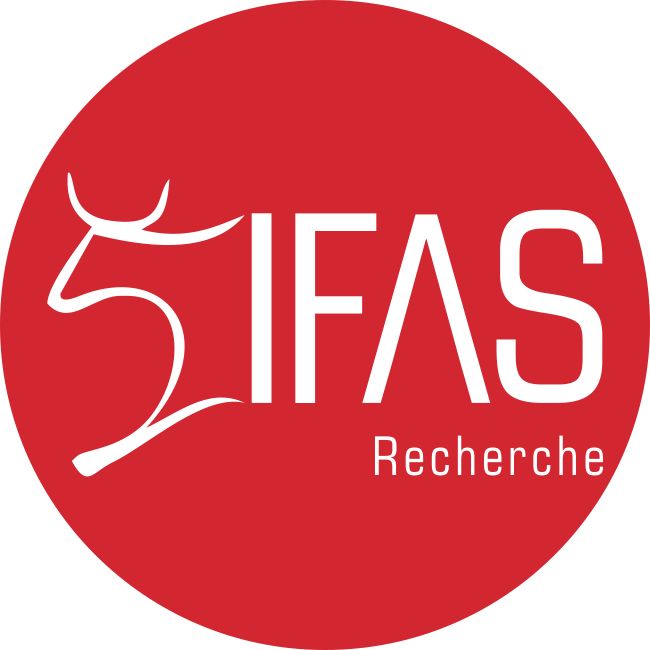Kromdraai
Presentation
The Kromdraai Project, lead by José Braga and Francis Thackeray, investigates the earliest known fossiliferous infilling of a previously unexplored area of the Kromdraai underground cave system. The earliest discoveries of pre-human fossils in Kromdraai date back to 1938. These include the earliest remains of paranthropes ever discovered (referred to as “holotype”) then attributed to the species Paranthropus robustus by Robert Broom. Since 2014, this new locality of the Kromdraai site provided as yet thousands of identifiable macrovertebrate fossils, including dental, cranial and postcranial remains of hominins, all tied in the earliest part of the stratigraphic sequence, representing three distinct depositional periods.
Objectives
The ongoing taxonomic, phylogenetic and taphonomic interpretations of these newly discovered samples, will help to determine whether Kromdraai hominins correspond to temporal and evolutionary events also represented in eastern Africa between 2.5 and 2.0 million of years, or if they represent unique Plio-Pleistocene snapshots of hominin evolution in southern Africa with a transition from a local Australopithecus species to Paranthropus and Homo.
Method
- Archaeological excavations at Kromdraai and laboratory analyses at Toulouse
- X-ray Micro-tomography (South Africa, Wits) or synchrotron X radiations (Switzerland, Paul Scherrer Institute)
- Paleobiology & Phylogeny
The ongoing phylogenetic and taphonomic analyses on newly discovered Kromdraai fossil hominins combine computer-assisted imaging methods, 3D morphometric methods not contingent on sparsely selected landmarks (e.g., diffeomorphisms), and formal measurements of phylogenetic signals combined with ancestral reconstructions.
We give special attention to methods measuring the relative roles of selection, interspecies allometry and phylogenetic relationships in shaping the evolution of phenotypes related to developmental strategies (e.g. dental developmental sequences), body size constraints and hearing capabilities (e.g., cochlear morphology).
